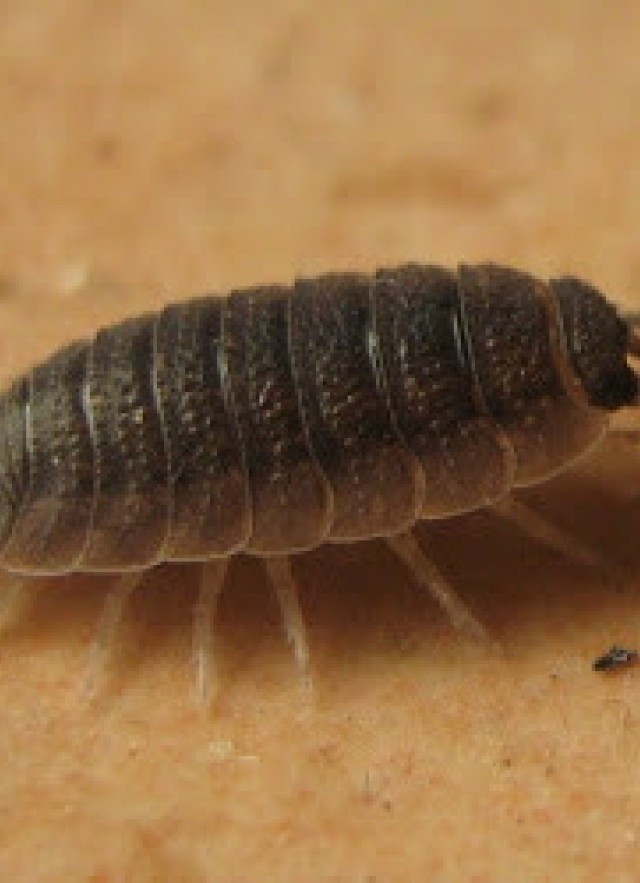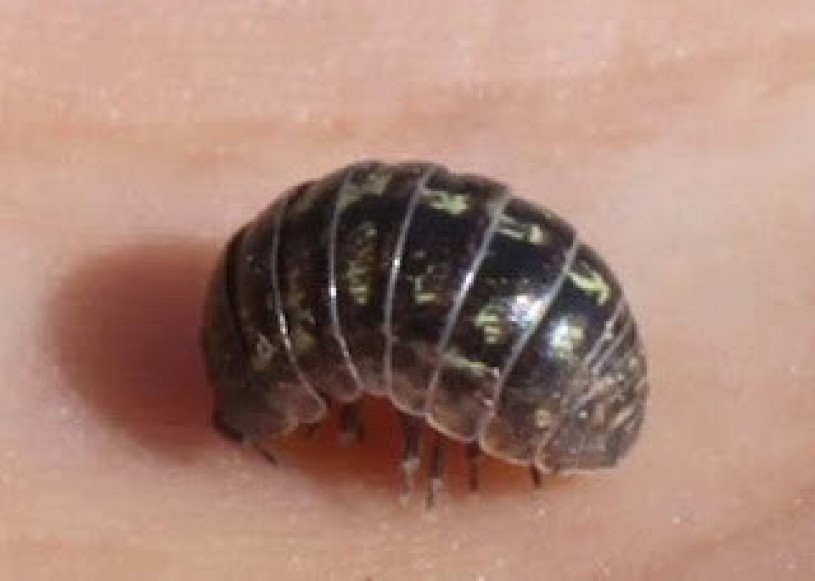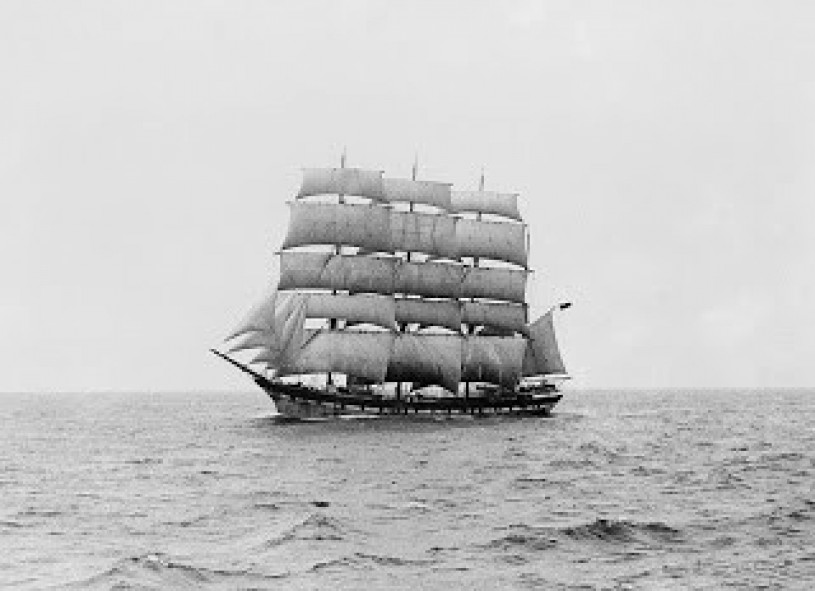Nature Gardens Pill Bugs
I always knew we'd find pill bugs in the Nature Gardens, but until recently I didn't know what species, or that they'd have such an interesting story.

Finding Pill Bugs
I always knew we'd find pill bugs in the Nature Gardens, but until recently I didn't know what species, or that they'd have such an interesting story. In the Nature Gardens there are two species of terrestrial isopods, what we at the museum call pill bugs and their relatives. The common pill bug (aka roly poly), Armadillidium vulgare, rolls up into a tight little ball when disturbed. We also find a closely related species, the common rough woodlouse, Porcellio scaber, a more agile creature. In North America most of the people I've talked to refer to both as pill bugs, whereas in England, where I grew up, we called them all woodlice! Regardless of what one calls them, they both share a similar story of how they come to live in North America.

An Introduction
Both the common pill bug and the common rough woodlouse are originally from southern Europe and northern Africa. Before Europeans arrived on this continent neither of them lived here. Both species are associates of plants, living in soil and leaf litter, and have hitched rides from Europe to the U.S. with a little help from us. One possible explanation is the importation of plants and associated soil that began steadily streaming into ports-of-call as the continent was settled. A more interesting, and might I say apocryphal story, unfolds if we look to the high seas.

In the days of wayfaring seamen and wooden ships, soil and boulders were used as ballast, to ensure a properly balanced vessel. This earthen ballast would be discarded when it was time to fill the holds with precious cargo and booty. It is not so much of a stretch to think that in some instances surviving creatures, eggs, seeds, and more managed to colonize the shores of these new lands. Whatever the mode of their introduction, it is clear that they were introduced more than once and in multiple locations. Today these creatures are widespread throughout the world and are a very common sight in L.A.'s parks, backyards, and even the museum grounds! Special thanks to Dr. Regina Wetzer, Director of the Marine Biodiversity Center, for identification.
Roly-Polies Scavenger Hunt
Look for pill bugs in your own backyard! Download the PDF guide to help in your search!
As we all navigate these times of uncertainty and social distance, you can still help our scientists — science doesn't stop!
Remember to keep yourself and wildlife safe. Do not disturb wildlife and follow your local city and county government directives regarding COVID-19 and social distancing measures.